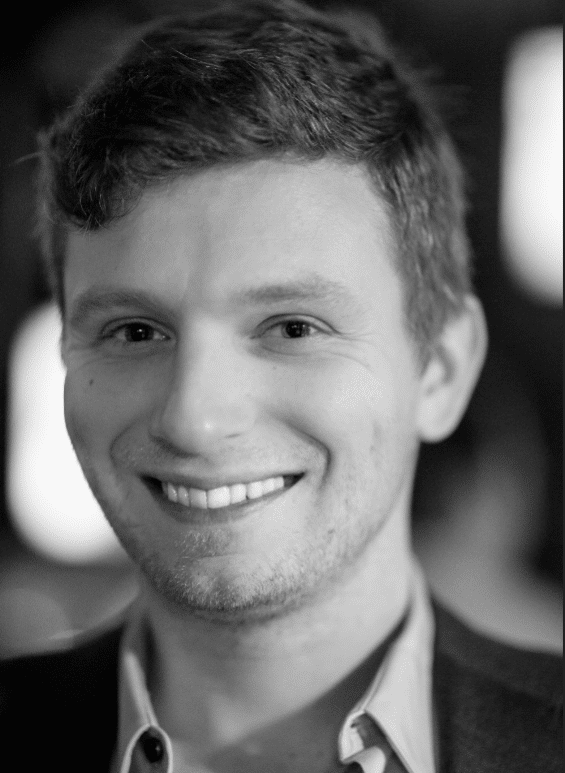
We’ve all been there—sitting in front of a daunting task, knowing it needs to be done, but finding it nearly impossible to get started. Whether it’s tackling a work project, starting a new fitness routine, or even doing household chores, initiating tasks can feel like a monumental challenge. But why is getting started so hard? In this blog, we’ll explore the brain science behind task initiation difficulties, other contributing factors, strategies to overcome these challenges, and a clear process to help you get started.
The Brain Science Behind Task Initiation
Executive Functions and Task Initiation
Executive functions are the mental skills governed by the frontal lobes of the brain that help us manage our time, plan, organize, remember details, and control our behavior to achieve goals. These include working memory, cognitive flexibility, and inhibitory control. When these functions are not operating optimally, it can significantly impact our ability to start tasks.
- Working Memory: This allows us to hold information in our minds and use it. Weak working memory can make it difficult to remember the steps needed to start a task.
- Cognitive Flexibility: This helps us switch between thinking about different concepts. When cognitive flexibility is low, it can be hard to shift our focus from one task to another.
- Inhibitory Control: This helps us suppress irrelevant or distracting information. Poor inhibitory control can make it challenging to ignore distractions and start tasks.
The Role of Dopamine
Dopamine, a neurotransmitter associated with pleasure and reward, plays a crucial role in task initiation. Low levels of dopamine can lead to difficulties in motivation and reward anticipation, making it harder to start tasks.
Neuroscientific Insights
Studies show that the prefrontal cortex, which is responsible for executive functions, can be less active in individuals who struggle with task initiation. This area of the brain is crucial for planning, decision-making, and impulse control, all of which are essential for starting and completing tasks.
Additional Reasons Why Getting Started Is So Hard
1. Fear of Failure: The fear of not succeeding can be overwhelming, leading to paralysis and avoidance of starting tasks.
2. Overwhelm and Anxiety: Large tasks can seem insurmountable when viewed as a whole, creating feelings of overwhelm and anxiety that lead to avoidance.
3. Perfectionism: The desire to do something perfectly can prevent us from even starting, especially if we set unrealistically high standards for ourselves.
4. Lack of Motivation: A lack of interest in the task at hand can make it difficult to find the drive to get started.
5. Poor Time Management: Without a clear plan or schedule, it’s easy to put off starting tasks until it’s too late.
6. Decision Fatigue: Constantly making choices throughout the day can lead to decision fatigue, resulting in procrastination.
7. Distractions: Social media, emails, and constant notifications can interrupt our focus and make it hard to start tasks.
Strategies to Overcome Task Initiation Challenges
1. Enhance Executive Functions
- Exercises and Techniques: Engage in exercises that improve planning, organization, and self-control. Continual practice with specific strategies or working with a coach can be beneficial.
2. Shift Your Mindset
- View Tasks as Opportunities: See tasks as chances to learn rather than measures of success or failure. Start with small, manageable steps to build confidence.
3. Break Down Tasks
- Create a Detailed Plan: Outline what needs to be done and in what order, making the task more approachable.
4. Embrace “Good Enough”
- Let Go of Perfectionism: Understand that doing something well is better than doing nothing at all.
5. Find Personal Connection
- Set Goals and Rewards: Maintain motivation by connecting the task to your personal goals and setting rewards for completion.
6. Use Time Management Techniques
- Pomodoro Technique: Work in short, focused bursts with breaks in between.
- Time Blocking: Allocate specific time slots for each task.
7. Simplify Decision Making
- Create Routines: Automate smaller decisions to conserve mental energy for significant tasks.
8. Minimize Distractions
- Create a Distraction-Free Environment: Use tools and apps that block distracting websites and set specific times for checking emails and social media.
A Clear Process to Structure Getting Started
1. Define the Task
Know exactly what you need to do. Limit the amount of interpretation, that way you are able to dive in instead of spending time and energy on orienting yourself.
2. Break It Down
Segment the task by dividing it into smaller, manageable parts. Climbing 100 flights of stairs is daunting, but climbing one is much less intimidating.
3. Create a Plan
List out the steps required to complete each part of the task, and tackle one at a time. By knowing what to do next, you are limiting the potential for distractions to get you off track.
4. Set Priorities
Determine importance and urgency by using a priority matrix to identify which tasks need immediate attention. When you go to start something, it can be hard to complete if you are worried that you should be doing something else instead.
5. Allocate Time
Schedule time blocks by using a calendar to allocate specific times for each part of the task. Many people like to block off larger amounts of time for multiple tasks, that way there isn’t pressure on how quickly you need to get it done.
6. Remove Distractions
Prepare Your Environment by setting up your workspace (wherever this may be). You want it to be free of distractions and FULLY set up, so consider what you need for the task in advance.
7. Start with a Small Step
Take action by beginning with the smallest part of the task to build momentum. This could be as simple as opening a word document, writing the date on a piece of paper, or taking the laundry out of the dryer.
8. Monitor Progress
Track your progress by using a checklist or tracking tool to monitor your progress and stay motivated. This helps map out where you are going, while also motivating you to keep at it.
9. Reflect and Adjust
Evaluate and adapt by reflecting on what worked and what didn’t, and adjust your approach as necessary.
Understanding why task initiation is so hard is the first step towards overcoming procrastination. Executive functions play a crucial role in our ability to start and complete tasks. By identifying the psychological and practical barriers that prevent us from getting start, we can implement strategies and a clear process to tackle these challenges head-on. Remember, the journey of a thousand miles begins with a single step. Start small, stay consistent, and watch as those daunting tasks become more manageable.
For more insights and personalized coaching on overcoming procrastination and improving productivity, contact New Frontiers today.




